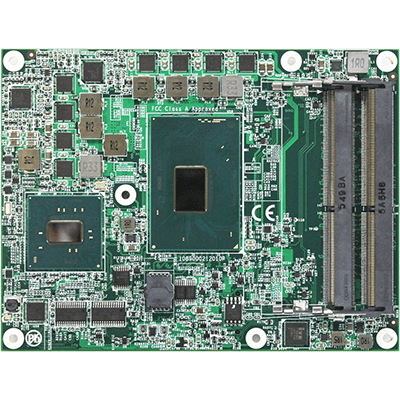What Is a Clock Generator?
A clock generator is a circuit that generates clocks of multiple frequencies from a single source clock signal. Generally, the frequency range generated is from a few KHz to several GHz.
Uses of Clock Generators
Clock generators are mainly used in the following applications:
1. CPUs
Clock generators are most commonly used in CPUs, which form the core of computers, where many registers and other memory elements are located and to each of them a clock signal generated by a Clock Generator is connected.
Depending on the increment of the clock signal, the output from each storage element passes through various logic and arithmetic circuits and is input to the next stage of storage elements. This circuit structure is called a synchronous circuit, and the Clock Generator is responsible for triggering and synchronizing the operation of the synchronous circuit.
2. Digital Devices
Clock generators are used not only in CPUs but also in digital devices such as TVs, smartphones, and DVDs, as well as in general home appliances and industrial equipment controlled by microcontrollers.
The clock is responsible for transmitting timing to each electronic device, and each device operates as a whole by performing its own operations at that timing. Clock generators, which can accurately oscillate signals in a wide range of frequencies, are indispensable devices for the operation of a variety of electronic equipment.
In recent years, the demand for high-quality video and music has increased, and high-quality, expensive clock generators have been commercialized to meet such needs. In particular, when data is exchanged between devices with different sampling frequencies, it is necessary to synchronize the devices with a clock generator to prevent noise contamination due to missing data.
Principle of Clock Generators
Clock generators basically consist of a resonance circuit and an amplification circuit.
A crystal oscillator is often used as the resonance circuit. Quartz oscillators are also used in quartz clocks and make use of the piezoelectric effect, in which a quartz crystal produces an oscillating output with a natural frequency when a voltage is applied. The natural frequency varies depending on the physical characteristics of the crystal, such as its shape and which crystal cross section it is cut from, but an oscillator with the required natural frequency can be obtained using high-purity synthetic quartz crystals.
Since this oscillation waveform is a sine wave, the clock generator shapes it into a square wave so that it can be used in digital circuits. In the generator, a frequency divider circuit and a multiplier circuit generate a clock signal with a frequency M/N times the original frequency (M and N are natural numbers), which is amplified by an amplifier circuit for output.
How to Select a Clock Generator
Clock generators differ not only in the frequency range to be generated but also in the supply voltage and the rise/fall time of the square wave, and should be selected according to the intended use.
One such point is clock jitter. Clock jitter is the fluctuation of each square wave along the time axis and is an indicator of how well the clock continues to transmit an orderly frequency, so it must have a low jitter.
There are two types of jitter: jitter seen between rising edges and jitter seen between falling edges, etc. By carefully examining the jitter according to the application, a higher quality system can be pursued.
Other Information on Clock Generators
Clock generators using MEMS oscillators are an emerging technology. MEMS oscillators are used for oscillators.
Unlike quartz crystals, which have their own frequency, MEMS oscillators can be programmed with a frequency at the final stage of the manufacturing process, which has the advantage of reducing costs and lead time. In addition, MEMS oscillators are said to be superior to quartz oscillators in terms of quality and reliability, such as the ability to suppress changes in temperature characteristics by incorporating an internal temperature sensor compared to quartz crystals.
 A rotary switch is a switch that switches contact points by
A rotary switch is a switch that switches contact points by 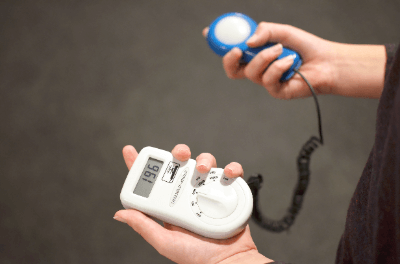
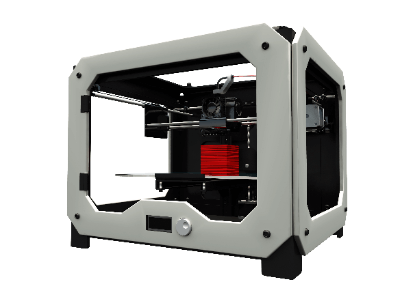 A 3D printer is a device that produces three-dimensional objects by layering printed cross sections based on 3D data.
A 3D printer is a device that produces three-dimensional objects by layering printed cross sections based on 3D data.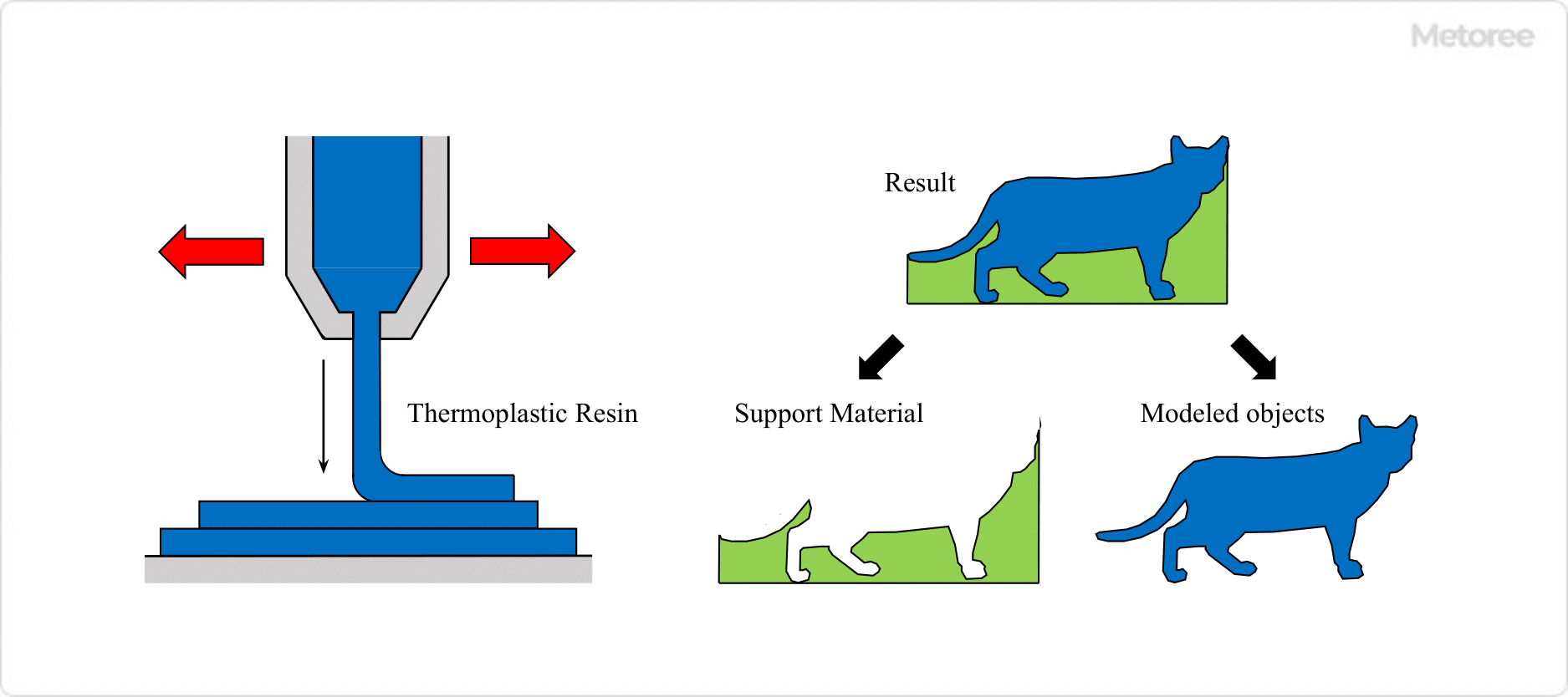
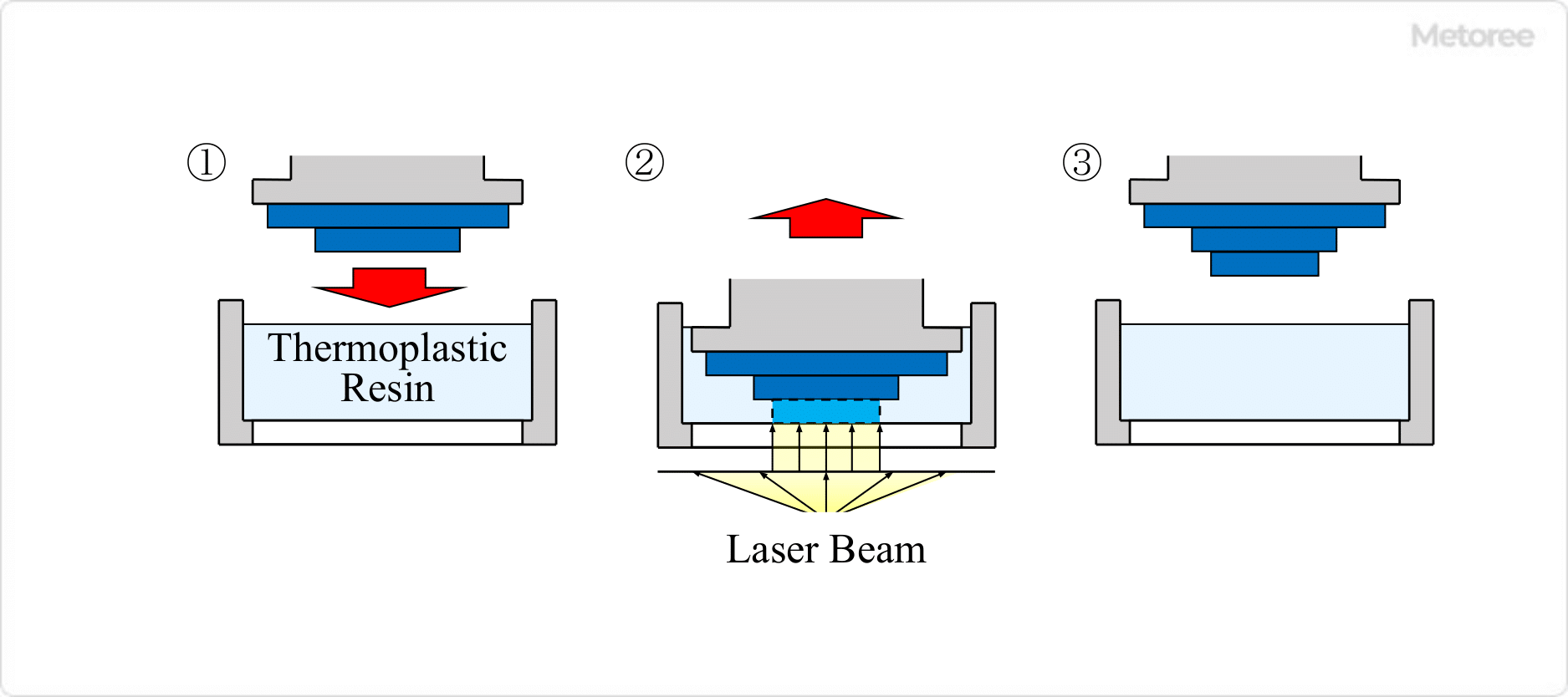
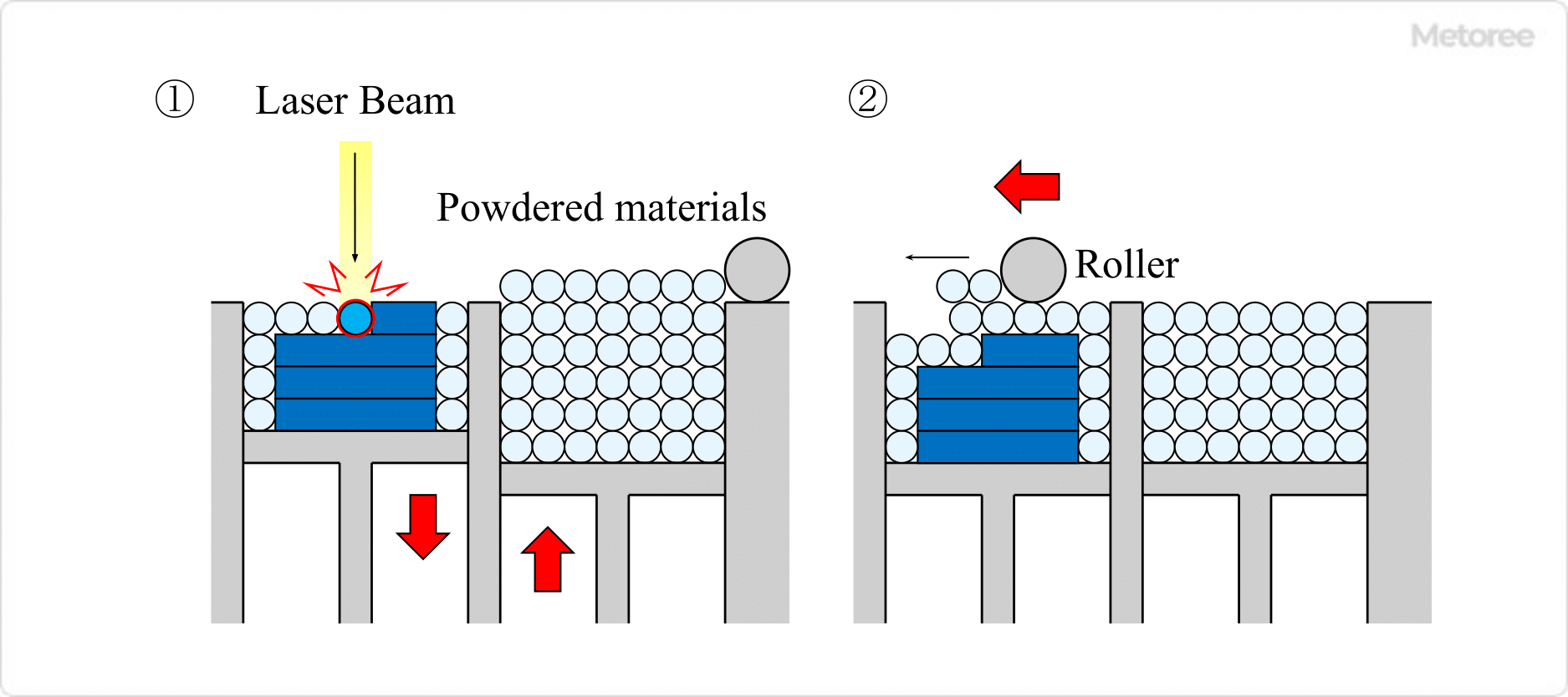
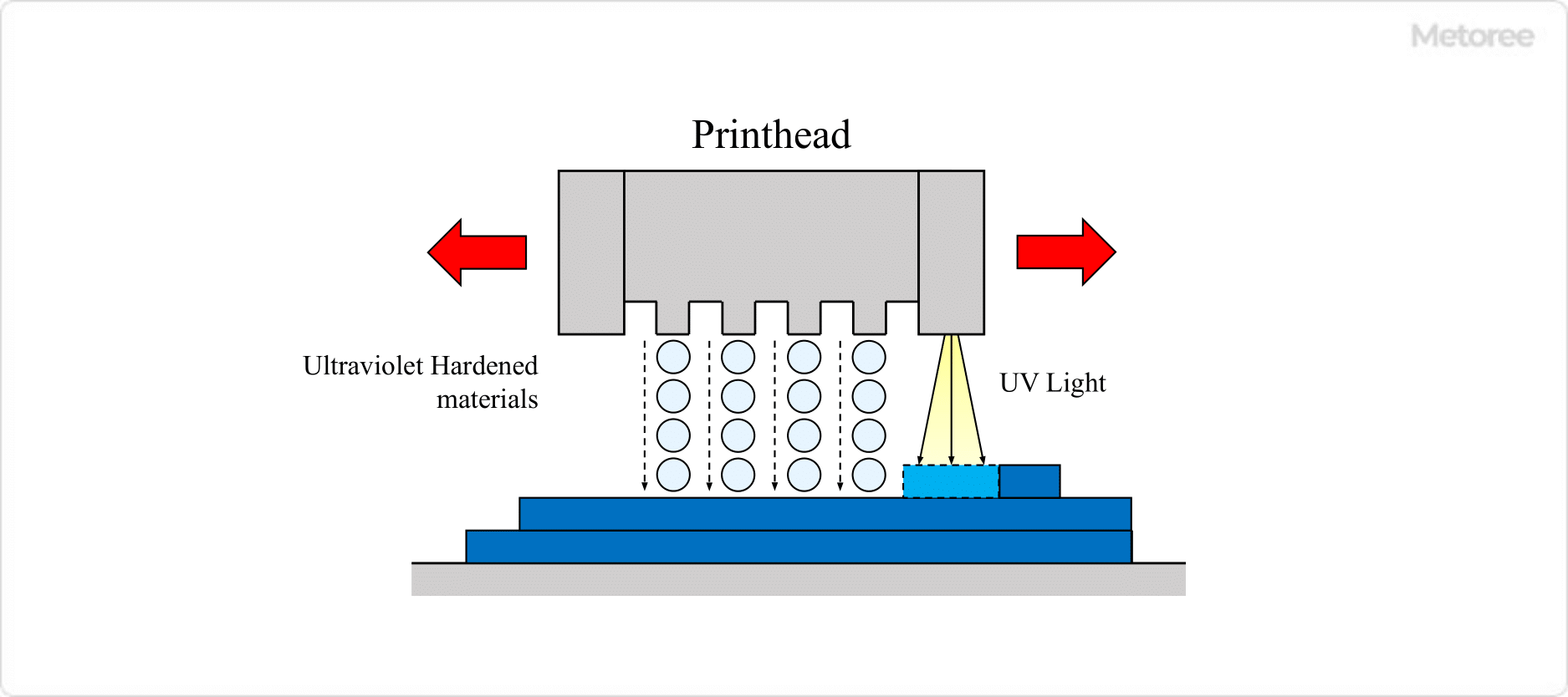
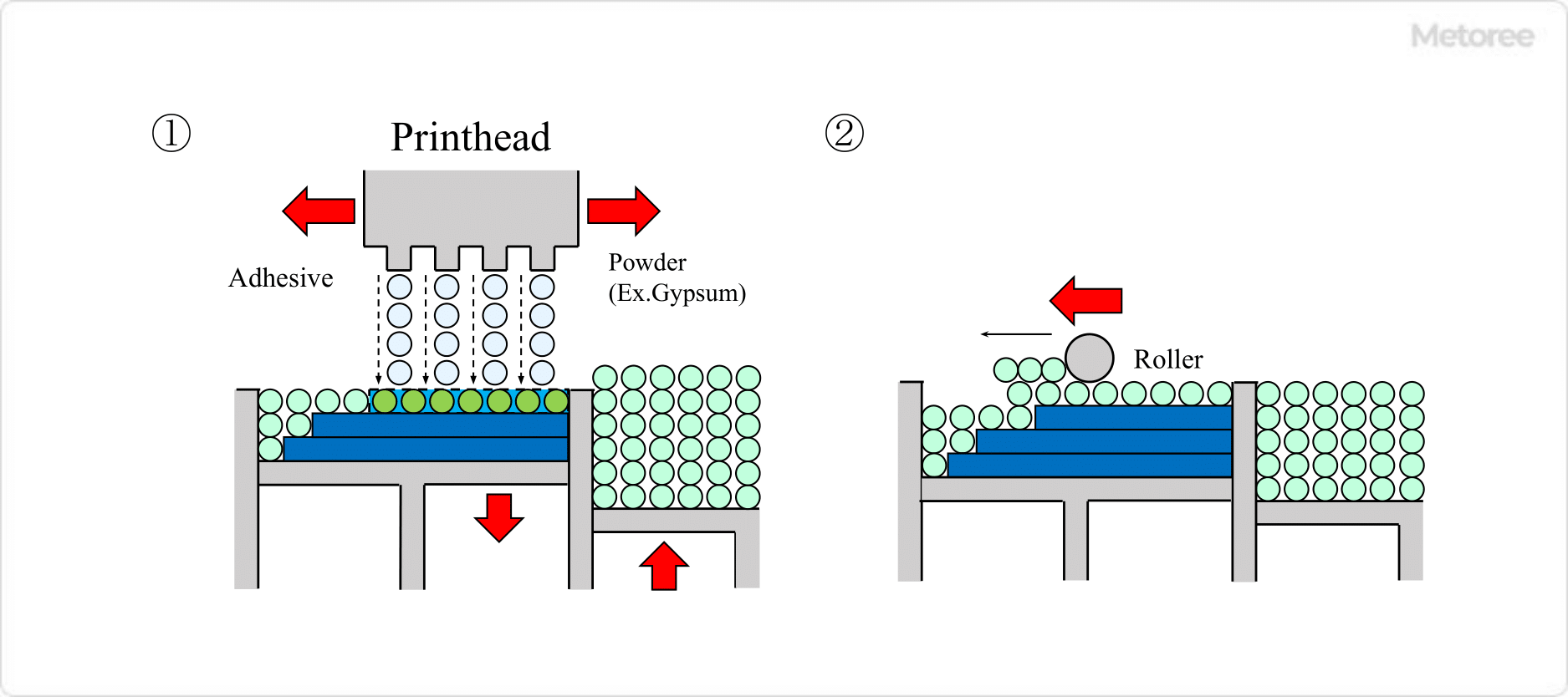
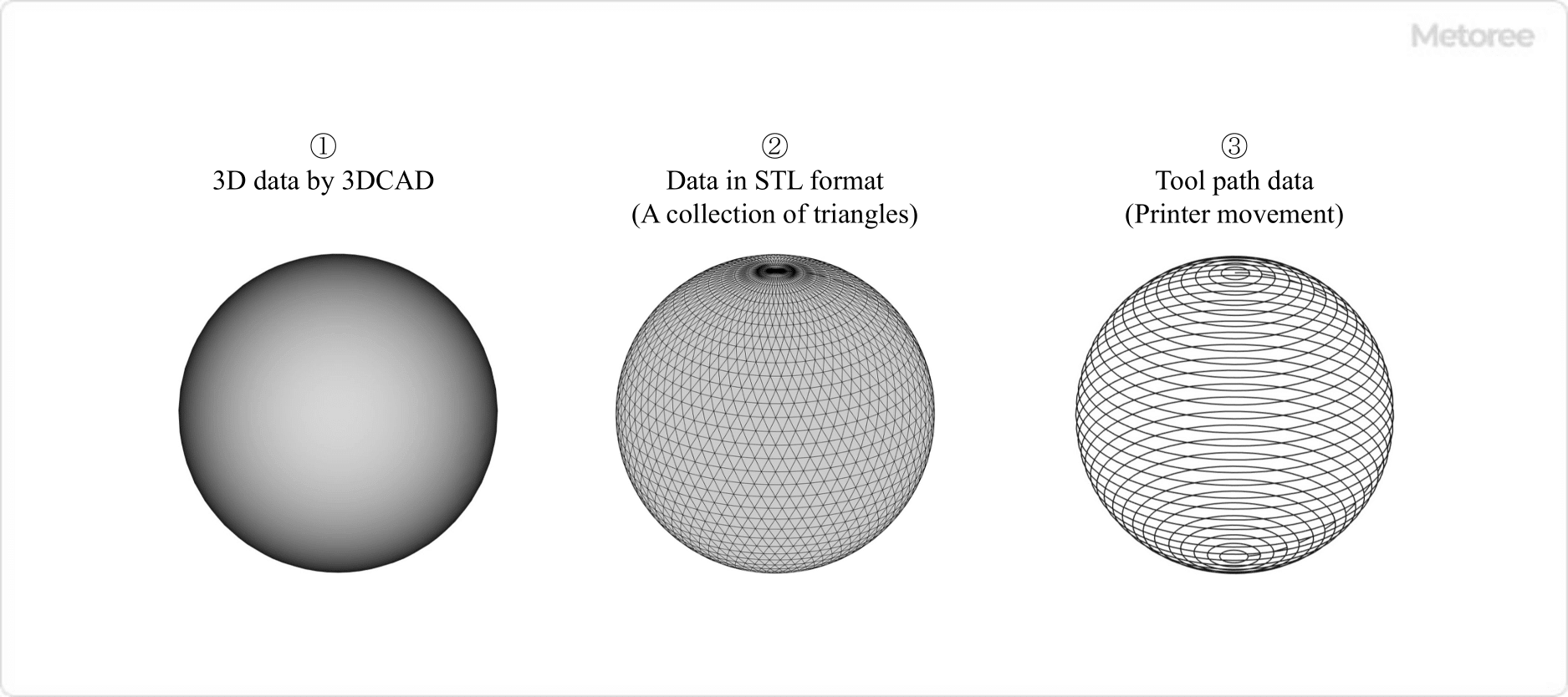
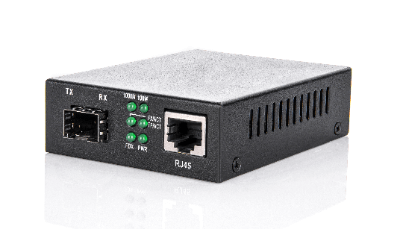 A media converter is a device for connecting a metal cable, which transmits information using electrical signals, and an
A media converter is a device for connecting a metal cable, which transmits information using electrical signals, and an  A reed switch is a switch with two magnetizable reeds in a glass tube that turns electrical contacts on and off.
A reed switch is a switch with two magnetizable reeds in a glass tube that turns electrical contacts on and off.